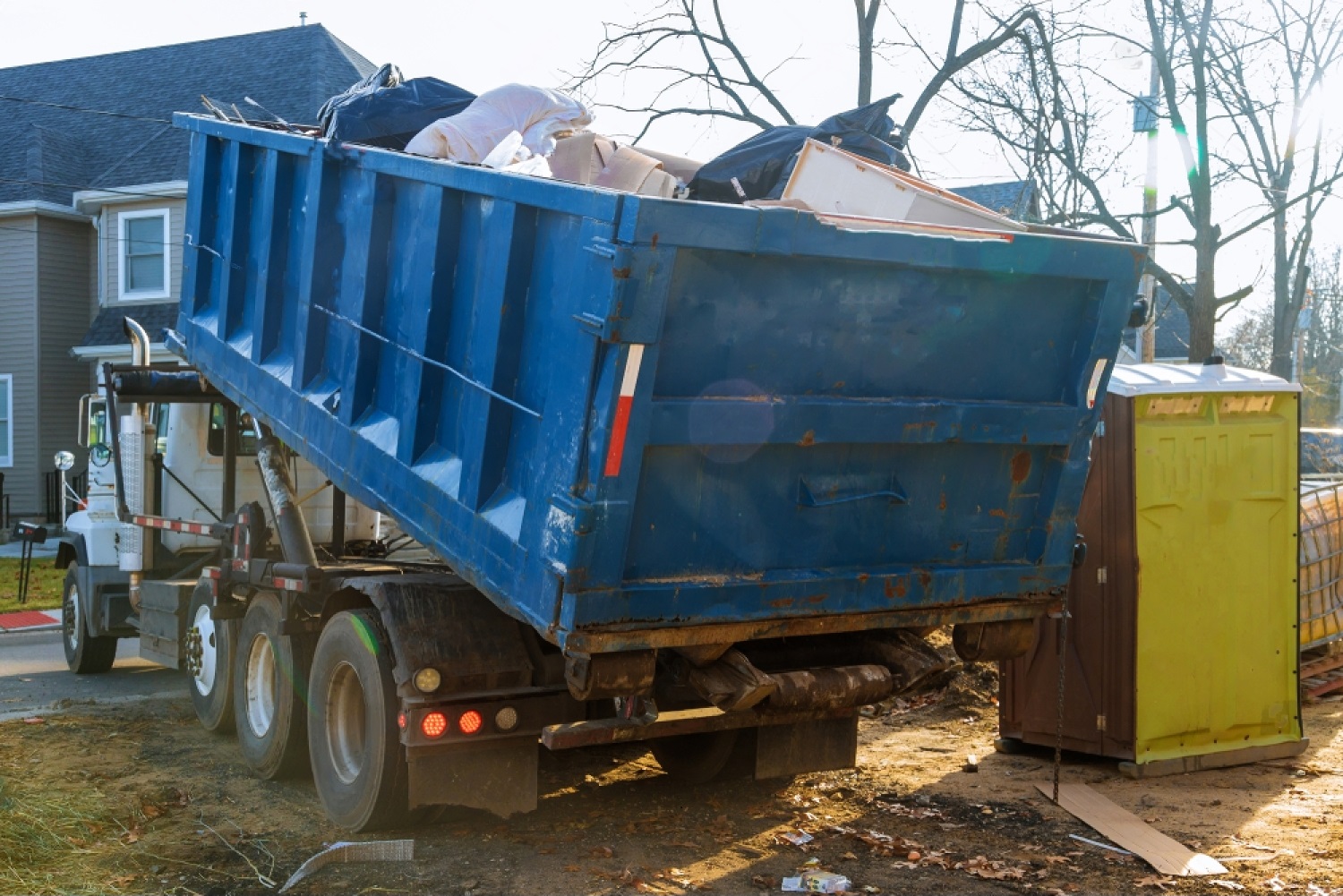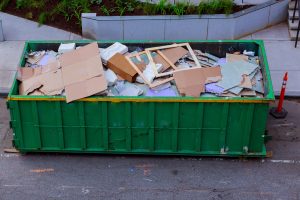In an era where environmental concerns are paramount, the need for sustainable practices extends beyond just energy consumption and transportation. Waste management, particularly the removal of junk and clutter, plays a significant role in shaping a greener future. The concept of sustainable junk removal might not be as commonly discussed as other eco-friendly practices, but its impact on the environment is undeniable. This article delves into the realm of eco-friendly junk removal, offering insightful tips and strategies to pave the way for a more sustainable tomorrow.
1. Rethinking Disposal Methods
The journey towards a greener tomorrow begins with reevaluating the way we dispose of our unwanted belongings. Traditional disposal methods often involve sending items to landfills, contributing to the accumulation of non-biodegradable waste. Instead, consider recycling, repurposing, or donating items that still hold value. By giving new life to old possessions, you can significantly reduce the strain on landfills and minimize your carbon footprint.
2. Embrace Minimalism
The philosophy of minimalism has gained traction in recent years for its focus on intentional living and conscious consumption. By adopting a minimalist mindset, you’re less likely to accumulate excess clutter that eventually requires disposal. Before making a purchase, consider whether the item is a true necessity and how it aligns with your values. Over time, this practice not only reduces waste but also promotes a clutter-free and serene living environment.
3. Sort and Segregate
Efficient junk removal with an eco-friendly twist begins with proper sorting and segregation. Categorize your items into groups such as recyclables, electronics, textiles, and hazardous waste. This organization streamlines the disposal process, ensuring that each type of material is handled appropriately. Many communities offer recycling and disposal programs for various waste categories, making it easier to responsibly dispose of items that can’t be repurposed.
4. Explore Upcycling Possibilities
Upcycling presents an exciting opportunity to transform discarded items into valuable assets. Get creative and reimagine how items can be repurposed within your living space. An old wooden ladder can become a unique bookshelf, while glass jars can find new life as decorative storage containers. Upcycling not only prevents waste but also adds a touch of personalization to your living environment.
5. Opt for Professional Eco-Friendly Removal Services
When dealing with substantial amounts of junk, seeking professional assistance can be both efficient and environmentally conscious. Numerous companies specialize in eco-friendly junk removal, ensuring that items are sorted, recycled, and disposed of responsibly. These services often have established networks with recycling centers and donation facilities, maximizing the potential for repurposing unwanted items.
6. Composting Organic Waste
While the focus of junk removal often revolves around material possessions, organic waste should not be overlooked. Food scraps, yard trimmings, and other biodegradable materials can be composted to create nutrient-rich soil amendments for gardens and plants. Composting not only reduces landfill waste but also contributes to healthier soil and reduced reliance on chemical fertilizers.
7. Spread Awareness
The journey towards a greener tomorrow doesn’t have to be a solitary one. Share your eco-friendly junk removal experiences and tips with friends, family, and your community. By spreading awareness about sustainable practices, you encourage others to adopt similar habits, creating a ripple effect that collectively contributes to a more environmentally conscious society.
Takeaway
In conclusion, sustainable junk removal is an essential component of a greener future. By rethinking disposal methods, embracing minimalism, sorting and segregating waste, exploring upcycling opportunities, opting for professional eco-friendly removal services, composting organic waste, and spreading awareness, you can make a significant positive impact on the environment. Every small action adds up, and collectively, we can pave the way for a cleaner, healthier, and more sustainable tomorrow.






